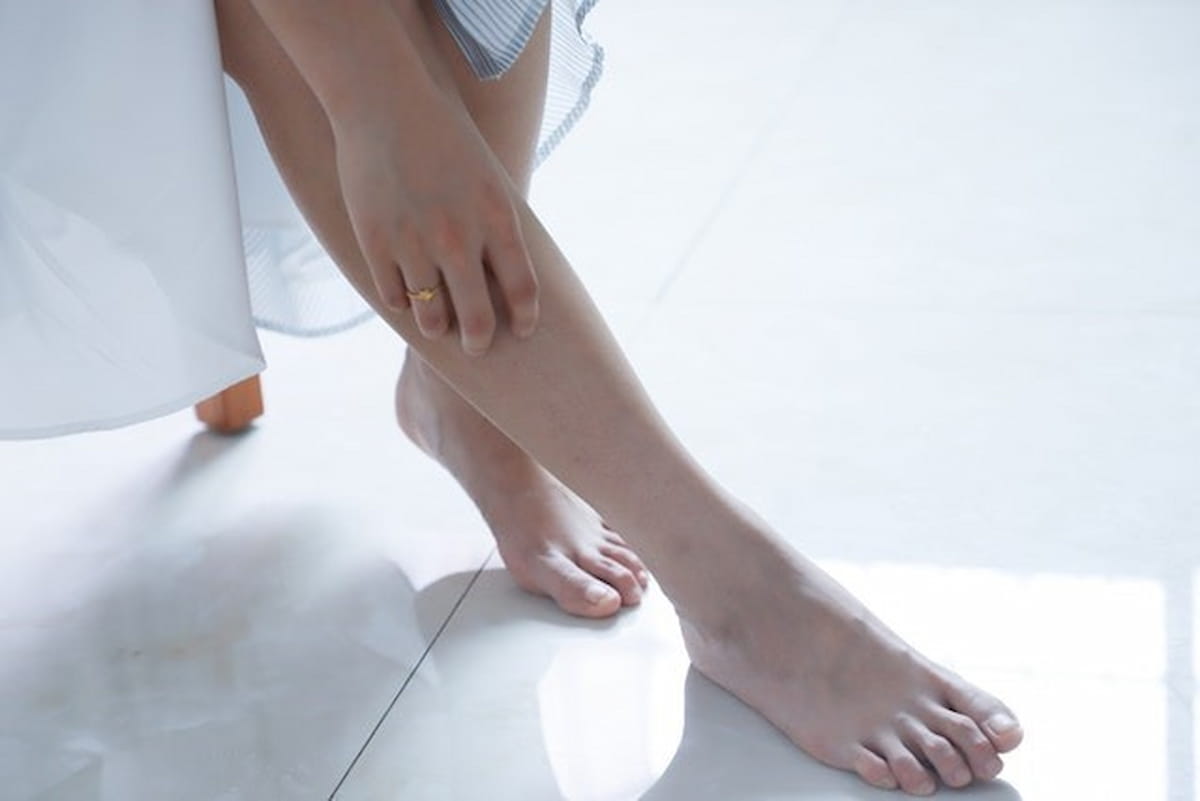Obstructive sleep apnea can be diagnosed easily and quickly within five minutes by completing a special eight-question questionnaire. It is a useful tool for doctors to detect people who are likely to suffer from obstructive sleep apnea.
The relationship between sleep and good health
Sleep, along with food, water, and breathing, is a basic biological pillar of our existence, and long-term deprivation is a major risk factor for a wide range of diseases, including cardiovascular disease, cancer, dementia, and diabetes. Also, insufficient sleep increases our appetite, resulting in weight gain.
In the last 50 years, the average sleep duration in the western world has decreased by about two hours, and a large percentage of people now sleep less than seven hours, which is considered the minimum to avoid health problems from sleep deprivation.
Putting all these health consequences together, it’s easy to see why short sleep leads to a short life. The idea that we can cut down on sleep time in order to devote it to other activities, whether work or leisure, is a very, very dangerous idea. Our well-being and many aspects of our social lives are affected by a lack of adequate sleep. Lack of sleep can lead, among other things, to sleepiness during the day, resulting in a decrease in our performance at work or studies and serious traffic accidents.
Good sleep is also essential for the proper functioning of the immune system. The information necessary for the sequence of immune reactions is transferred to the body during sleep. As we all know empirically, when a person is sick, he tends to spend many hours lying down and sleeping. In order to deal with any virus—and today in particular COVID-19—both preventively and if we get infected, it is necessary to have good quality and sufficient sleep. Better quality and duration of sleep (at least 7 hours a day) have been shown to help vaccines work.
Obstructive sleep apnea
A very common disorder that destroys sleep is obstructive sleep apnea. For some people, snoring is accompanied by complete pauses in breathing that last from a few seconds to over a minute. During these breaks, the snoring stops and resumes more strongly when the person resumes breathing. These breathing interruptions are called apneas, and if a person experiences several apneas, they are considered to be suffering from sleep apnea syndrome. The most common symptoms of sleep apnea are chronic snoring with interruptions in breathing (apneas) during sleep, morning headaches, and daytime sleepiness and fatigue.

Milder cases of sleep apnea are treated with weight loss, avoiding smoking, avoiding alcohol before bed, and avoiding the use of sedatives and tranquilizers. If there are a lot of apneas, the most effective treatment is for the patient to wear a small plastic mask in the nose when sleeping, which channels a stream of air produced by a device called a CPAP machine (CPAP stands for ‘continuous positive airway pressure’). This air helps the patient to breathe satisfactorily and usually solves the problem. Some patients can be treated with special orthodontic means or with surgical procedures.
Some possible outcomes of untreated sleep apnea are high blood pressure, heart attack, heart failure, stroke, depression, and diabetes.
The Sleep Apnea Questionnaire
With this simple questionnaire, we can detect people who are likely to suffer from obstructive sleep apnea.
Answer yes or no to the following questions:
- Is your snoring loud? (so much so that it can be heard through a closed door or disturbs your bed partner.)
- During the day, do you often feel tired, fatigued, or sleepy? (such as falling asleep while driving or talking to someone)
- During your sleep, has anyone noticed that your breathing stops or that you feel suffocated?
- Do you have high blood pressure, or are you being treated for it?
- Is your Body Mass Index (BMI) greater than 35 kg/m2? (The Body Mass Index (BMI) is the quotient of the weight in Kg by the height in meters squared, e.g. weight 90 kg, height 1.70m, BMI = 90/1.7×1.7 = 90/2.89 = 31.14.)
- Are you over 50 years old?
- Do you have an increased neck circumference? (The measurement of the circumference is done at the height of the Adam’s apple.) For men, the neck with an increased circumference is considered when its circumference is over 43cm and for women, it is over 41cm
Assessment of Result
- Low risk for obstructive sleep apnea: “Yes” to 0–2 answers
- Medium risk for obstructive sleep apnea: “Yes” to 3–4 answers
- High risk for obstructive sleep apnea: “Yes” to 5-7 answers
- or “Yes” to 2 or more answers from the first 4 questions + male gender
- or “Yes” to 2 or more answers from the first 4 questions + BMI > 35 kg/m2
- or “Yes” to 2 or more answers from the first 4 questions + neck circumference > 43 cm for men.

















